Author: Abelard
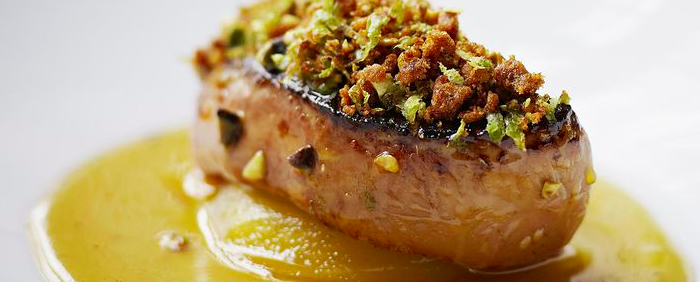
All about “Foie gras”, liver of a duck or goose
April 3, 2020If France is the world’s leading producer and consumer of foie gras, it was born in Egypt during Antiquity. It is generally considered to be a festive dish and is found on Christmas and New Year’s tables. It is simply eaten with toast but can also be cooked. Characteristics of foie gras: Caloric; Rich in lipids; Source […]
Read More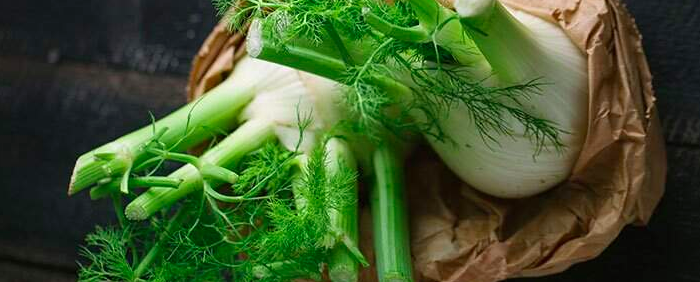
All about “Fennel”, vegetable rich in antioxidants
April 3, 2020Fennel is a vegetable with an aniseed flavor, of which we eat mainly the base of the stem, called bulb. Essential companion of fish and seafood, it is a source of vitamin C. It would be better to consume more often its leaves which contain antioxidant substances. Find out how to cook fennel, its nutritional value, its […]
Read More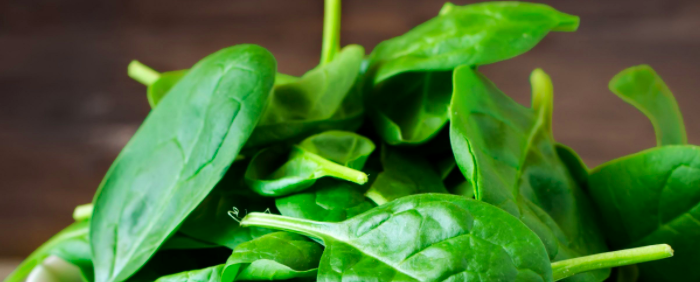
All about “Spinach”
April 3, 2020Nutritional value of spinach Raw spinach, 1 cup (250 mL) / 32 g Boiled spinach, drained, ½ cup (125 mL) / 95 g Calories 7 22 Protein 0.9 g 2.8g Carbohydrates 1.2g 3.6g Fat 0.1g 0.3 g Dietary fiber 0.7 g 2.3 g Glycemic load : No data available Antioxidant power : High Source : Health Canada. Canadian […]
Read More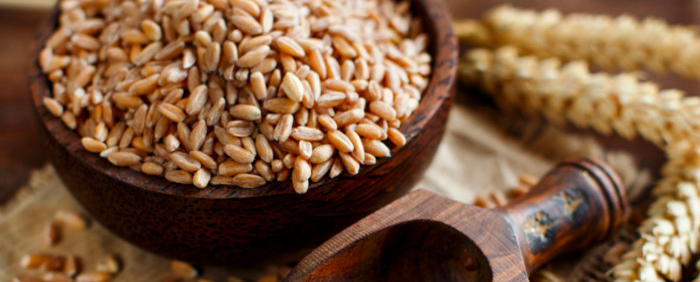
All about “Spelt / Spelled”, a variety of wheat cereal
April 3, 2020Spelled history Spelled ( Triticum speltum ) is a variety of the wheat cereal. It has long been cultivated extensively in Europe until the 20 th century. Considered the ancestor of wheat, its yield is however very low compared to other wheat species. The grains of spelled are small, brown and strongly adhere to the outer covering of the grain compared […]
Read More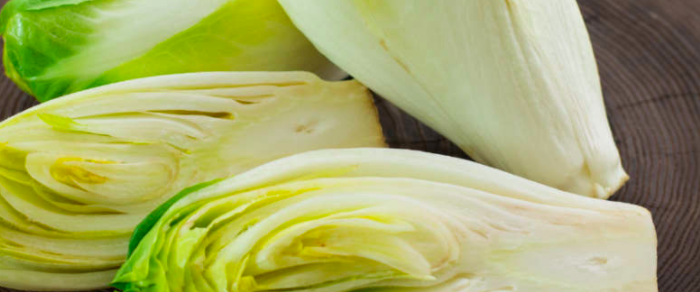
All about “Endive”
April 3, 2020Endive is a variety of bitter chicory that can be eaten both raw and cooked. Light and digestible, it combines crunch and bitterness. It is typical of the North of France, which is the first European producer, and results from a sharp know-how. Endive characteristics: Rich in fiber; Source of vitamin B9; Source of vitamin C; Source […]
Read More
All about “Chicory and Endive”
April 3, 2020Nutritional value of chicory Endive (witloof or Brussels chicory) raw, 125 ml (½ cup) / 48 g Curly chicory and raw escarole, 125 ml (½ cup) / 25 g Common chicory, raw, 125 ml (½ cup) / 15 g Calories 8 5 4 Protein 0.4 g 0.3 g 0.3 g Carbohydrates 1.9g 0.9 g […]
Read More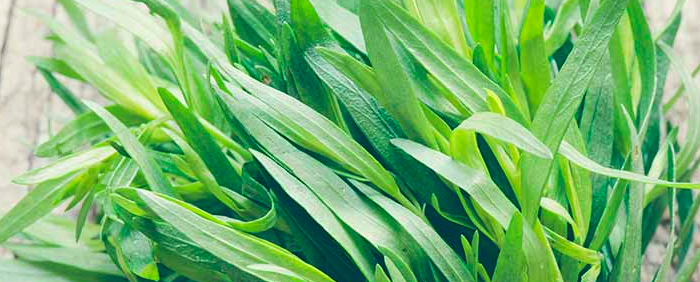
All about “Tarragon”
April 3, 2020Health profile Active ingredients and properties Herbs are usually not consumed in large quantities. Used as seasonings, they cannot therefore provide all the health benefits attributed to them. The fact that adding herbs to food on a regular and significant basis makes it possible to contribute, if only in a minimal way, to the antioxidant intake of […]
Read More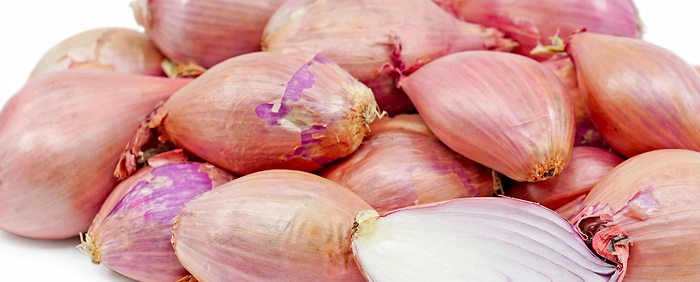
All about “Shallot / Wild Onion”
April 3, 2020Health profile Shallot: understand everything in 2 min The term ” shallot ” is commonly misused to refer to green onion. The shallot is rather a small vegetable the size of a bulb of garlic, with a more subtle flavor than the onion. There are several varieties, the three most common being gray shallots, Jersey and “chicken thigh”. Active […]
Read More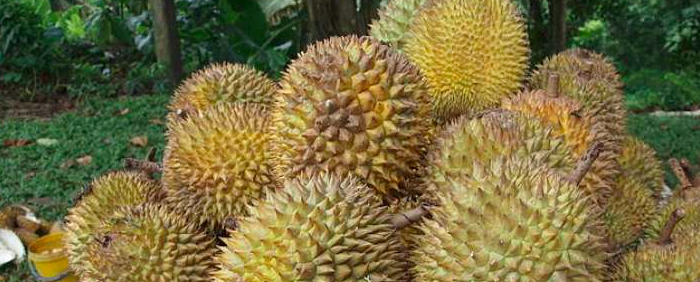
All about “Durian”
April 3, 2020Nutritional value of durian Per 100 g (about 1/6 of the fruit) Calories 147 kcal Carbohydrates 27.1g Fibers 3.8g Protein 1.5g Fat 5.3 g Source: United States Department of Agriculture Agricultural Research Service National Nutrient Database for Standard Reference Release 28 Health effects of durian Very few studies have been carried out specifically on this […]
Read More
All about “Turkey”
April 3, 2020Health profile The turkey has a low content of fat and saturated fatty acids and could thus be integrated into a diet preventive of cardiovascular diseases. Its high selenium content could also help protect against cardiovascular disease. In addition, eating turkey is particularly beneficial for individuals with food allergies, since turkey protein is rarely an allergen. Active […]
Read More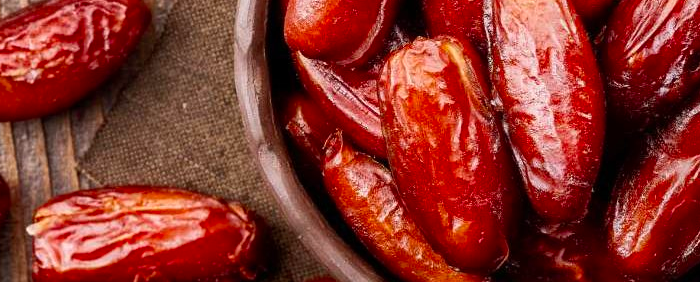
All about “Date”
April 2, 2020Nutritional value of the date Pitted dried date, 25 g (3 berries) Pitted Medjool fresh date, 1 large fruit, 24 g Calories 70 66 Protein 0.6g 0.4 g Carbohydrates 18.7g 18.0 g Fat 0.1g 0.0 g Dietary fiber 2.0 g 1.6g Glycemic load : Strong Antioxidant power : Very high Source : Health Canada. Canadian Nutrient File , […]
Read More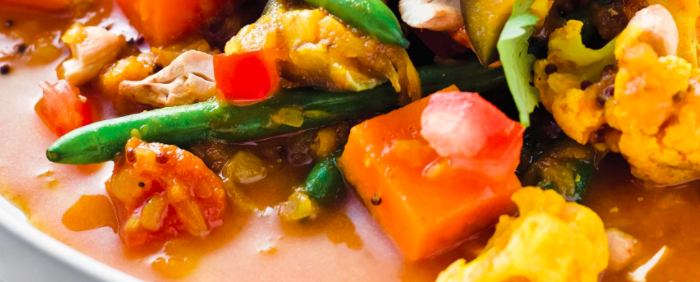
All about “Curry”, antiaging
April 2, 2020Curry is not a spice as we often think but a mixture of spices. We find curry in Indian dishes. The benefits of curry are linked to the spices that make it up, so check the spices in your curry to deduce the benefits Characteristics of curry: Rich in antioxidants; Fight against the signs of aging; Facilitates […]
Read More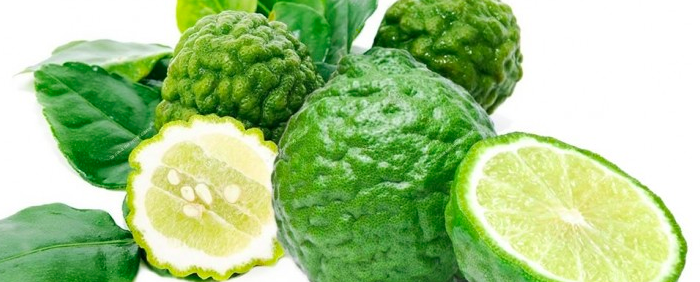
All about “Combava / Kaffir lime”
April 2, 2020The combava is a citrus fruit that is little known in France. It is native to Indonesia and is consumed a lot in the countries of the Indian Ocean and in Asia. It is found in some Asian grocery stores. Its bumpy skin and its flavor, both acidic and close to lemongrass, differentiates it from other citrus fruits. […]
Read More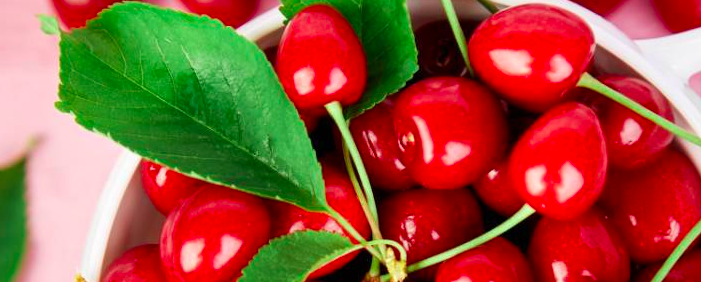
All about “Cherry”
April 1, 2020Sweet cherry (the Bing variety is the best known) is eaten fresh, especially in desserts, salads or sauces. The tangy cherry (especially offered canned, frozen or dried) is used more for the preparation of pies, jams and juice. Five times richer in antioxidants than sweet cherry, it would help prevent cancer and several other diseases. Characteristics of […]
Read More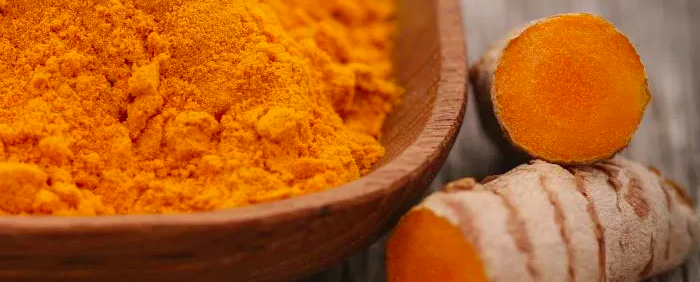
All about “Turmeric / Haldi”
April 1, 2020Health profile Turmeric is used both as a spice and as a color in food preparations. It is also one of the main constituents of curry, a mixture of spices particularly used in Indian cuisine. Still few studies have evaluated the effects of turmeric consumption. In addition, most of them have used turmeric (or its active ingredients) in […]
Read More